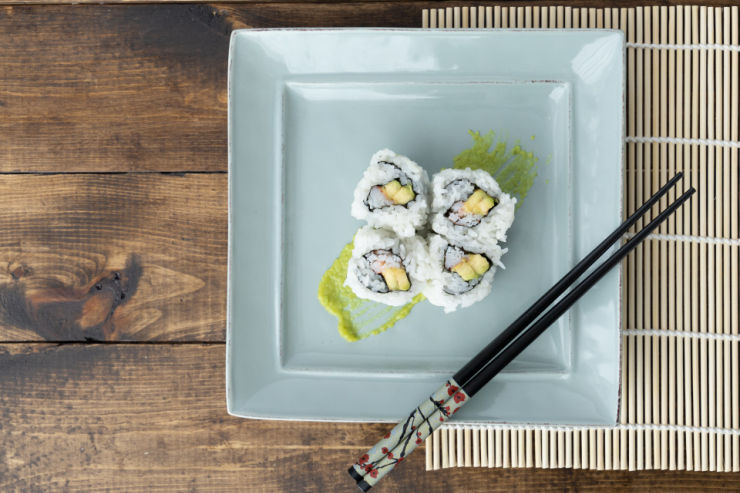Bamboo is a useful material that has many benefits. Hailed as a wonder material it's naturally produced, sustainable and has a number of great properties. There aren't many materials that are as sustainable and eco-friendly as bamboo. So let's have a look at the benefits of bamboo and it's use in modern society. This is an ad.
What is bamboo?
Bamboo is an evergreen perennial flowering plant, found in Asia, Australia, North and South America and Sub-Saharan Africa. It is one of the fastest-growing plants in the world, taking only a year to grow to size again and being naturally prolific and resilient it's an incredibly useful plant.
Sustainability
Bamboo is natural and biodegradable, which makes it an important plant. No pesticides are used when growing bamboo, little water is used and this makes a good sustainable choice.
Bamboo also absorbs carbon dioxide at a rate higher than cotton and releases more oxygen into the environment. Each square metre of bamboo produces 10 times more product than cotton, so that's excellent as well.
Uses
Bamboo has many uses in food, wood and clothing.
The bamboo shoot is eaten in Asian cuisine and is the main food of the panda bear. In the UK we eat it mainly as an ingredient in stir fry. They are low in fat, low in calories and contain lots of fibre and potassium.
Its wood is used in Asian architecture, furniture and landscaping. It is naturally bendy so is used for items which need some flexibility like fishing rods. When it goes through the manufacturing process it can become really hard and this is then used for flooring. Bamboo is also used for many uses in the kitchen such as chopping boards, chopsticks and bamboo matting for sushi.
Another use for bamboo, and perhaps a surprising one is for clothing.











No comments